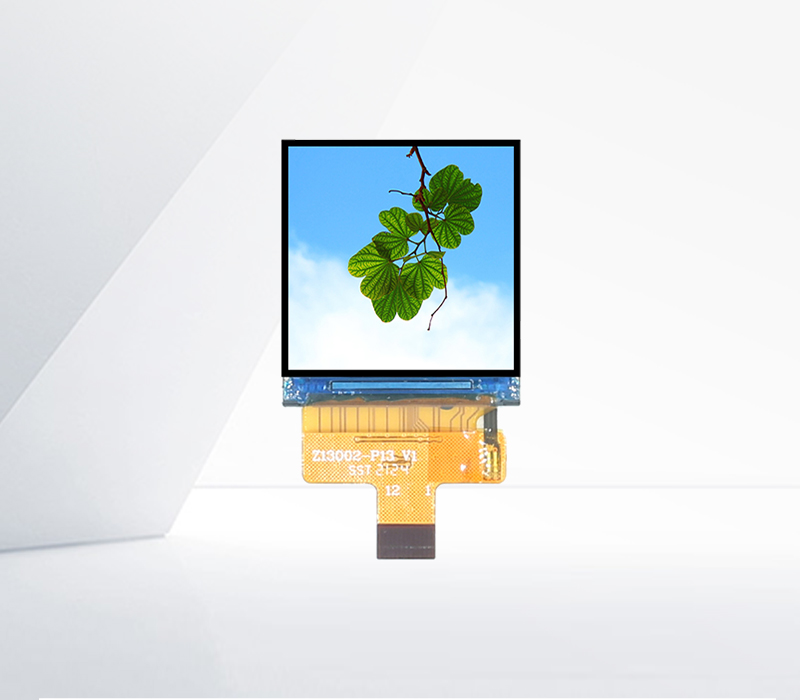



Technological Difficulties of LCD Displays
LCD technology encounters several technical difficulties during its development and production.
Backlight Uniformity
Achieving uniform backlight distribution is a significant challenge. In an LCD, the backlight is responsible for illuminating the liquid - crystal layer. If the backlight is not uniform, it can result in visible bright or dark spots on the display, known as "mura" defects. This is especially problematic in large - screen LCDs, such as those used in televisions. The backlight unit consists of multiple components, including LEDs and diffusers, and ensuring that light is evenly distributed across the entire display area requires precise engineering and manufacturing processes. Small variations in the placement or performance of these components can lead to backlight non - uniformity.
Liquid - Crystal Material Optimization
Optimizing the liquid - crystal materials is another technical difficulty. The liquid - crystal molecules need to have the right properties, such as fast response times, high contrast ratios, and good temperature stability. Developing new liquid - crystal materials with improved performance is a complex task. For example, creating liquid - crystal molecules that can quickly change their alignment to reduce response time while maintaining high - quality optical properties is a major challenge. Additionally, the liquid - crystal materials need to be compatible with the manufacturing processes and other components in the LCD, further complicating the development process.
Manufacturing Process Complexity
The manufacturing process of LCDs is highly complex and involves multiple steps. From the deposition of thin - film transistors (TFTs) on the glass substrate to the assembly of the liquid - crystal layer and the backlight unit, each step requires strict control and high - precision equipment. Any errors or variations in the manufacturing process can lead to defects in the final product. For example, the deposition of TFTs needs to be done with extreme accuracy to ensure proper electrical conductivity and pixel control. The alignment of the liquid - crystal molecules also requires precise manufacturing techniques to avoid issues such as disclinations, which can cause visual defects.
Cost - effective High - Performance Production
Producing high - performance LCDs at a reasonable cost is a constant struggle. As the demand for better - performing LCDs increases, manufacturers need to invest in research and development of new technologies and manufacturing processes. However, these investments often lead to higher production costs. For example, developing new backlight technologies or improving the color gamut may require the use of more expensive materials and advanced manufacturing equipment. Balancing the need for high - performance features with cost - effectiveness is a difficult task, especially in a highly competitive market.

